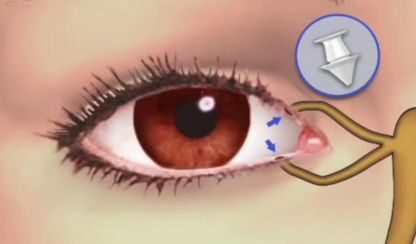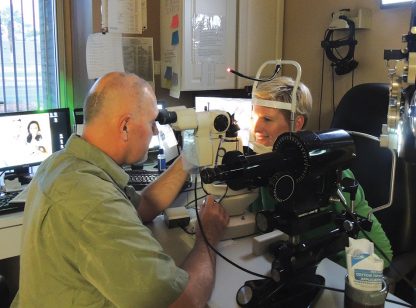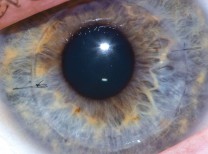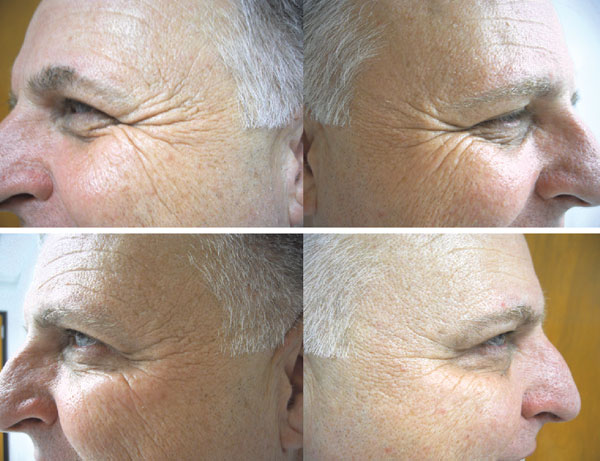Over 80% of Americans use computers and 100 million spend more than 3 hours daily in front of a computer monitor. As such, it is no surprise that eyestrain is the #1 complaint lodged with the US Health Office over the past 3 years.
Computer use has grown 30% every year since 2000. We are now using computers for email, work, shopping, education and games. All of this time in front of a computer is taking a toll on patients’ eyes. It is a direct cause of Computer Vision Syndrome (CVS) also known as Digital Eye Fatigue Syndrome.
Symptoms of CVS include:
- Tired eyes and headaches referred to medically as “Asthenopia”
- Dry, watery, or irritated and burning eyes
- Double vision, blurred vision and slowness to focus
Computer use is a unique visual task. When reading books, the distance is typically 16-18” from your eyes. Computer screens are at an intermediate distance, usually 18-25”. They are elevated compared to reading height (hence more corneal exposure drying), and are not high contrast. Computer screens are more affected by ambient lighting, as well as by reflected and direct glare than printed material.
Computer users commonly have more than one focal need. For example copying, transferring, and referencing data from printed media back and forth to the computer screen. Each of these tasks requires lenses with multiple focal distances and specific ranges.
Fortunately a lot of research has gone into specialty lenses designed to address these needs. Specialty computer lenses offer wider fields of view specific to computer use, variable near and intermediate focus, tinting to optimize the visible spectrum and reduce background light and anti-reflective coatings to improve light transmission and eliminate reflections. Some designs such as the Zeiss Gunnar have special wrap frames that help create a micro-environment to prevent corneal drying. This type of lens is available in prescription and non-prescription, and single vision or multifocal lenses. Computer lenses are available to be placed in most frames. They come with similar features to the Zeiss Gunnar except the wrap microclimate feature and the specific tinting.
Dealing effectively with Computer Vision Syndrome requires management of dry eye conditions along with binocular vision problems. Dry eye is more prevalent in desert-dwelling and post-lasik patients; females (3:1 over men); and patients on systemic medications such as those treating hypertension, allergies and arthritis.
Diplopia or double vision is also a contributing factor for CVS. Prismatic correction incorporated into the computer lens can help overcome diplopia. Considering one’s need for comfortable, accurate vision, a lens correction that is specific to the computer makes good sense. Ask your eye doctor about computer-specific lenses.
Dr. Greg Evans is the founding owner of Evans Eye Care which recently moved its office to Palm Desert. He can be reached at 760-674-8806.















































Comments (0)